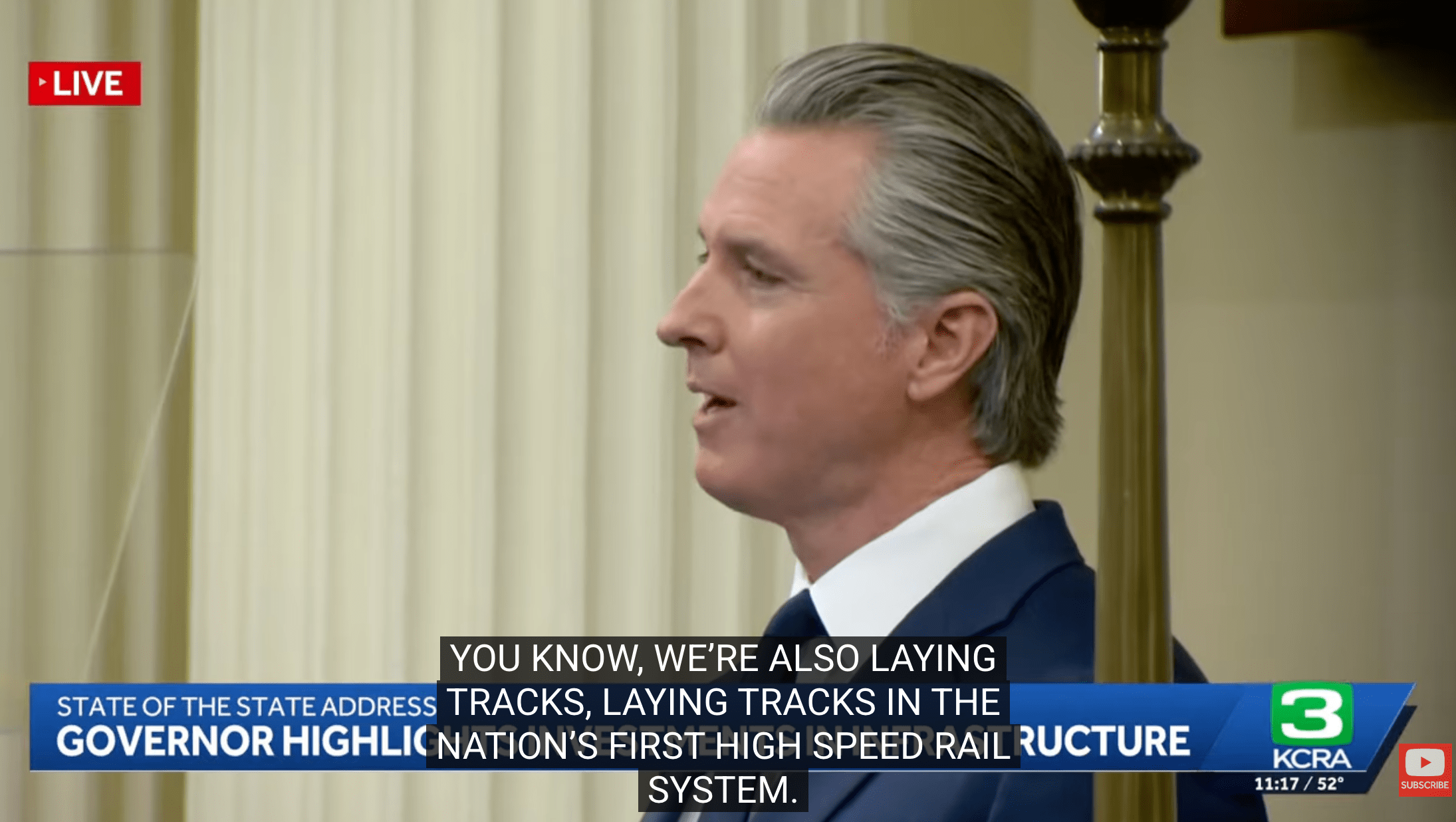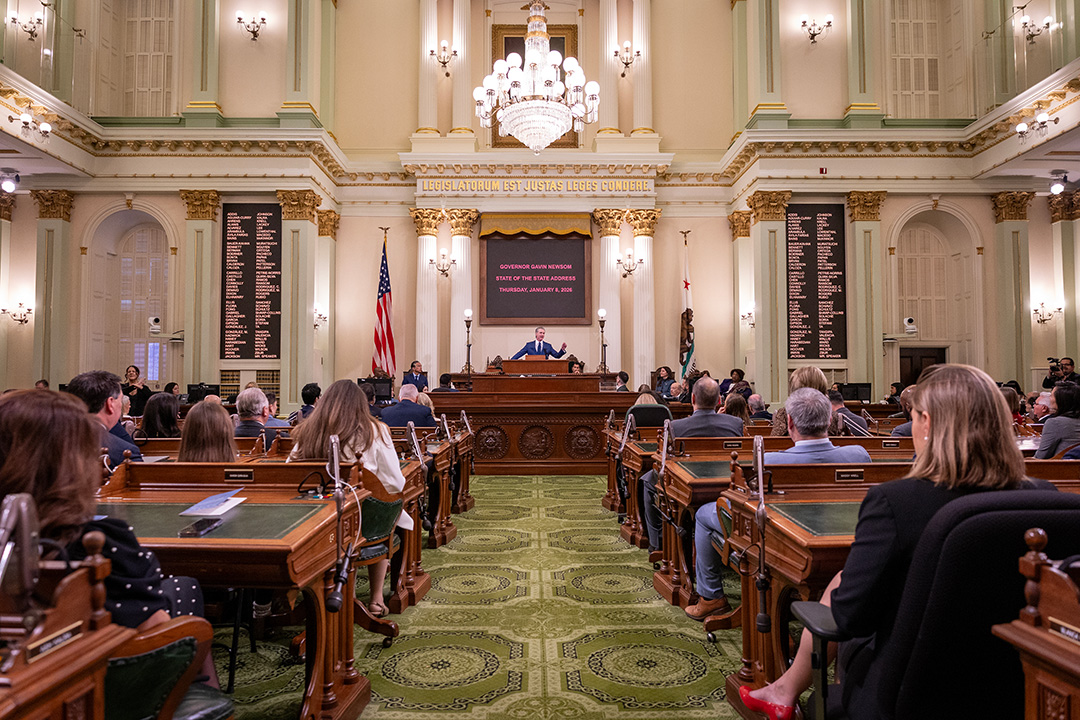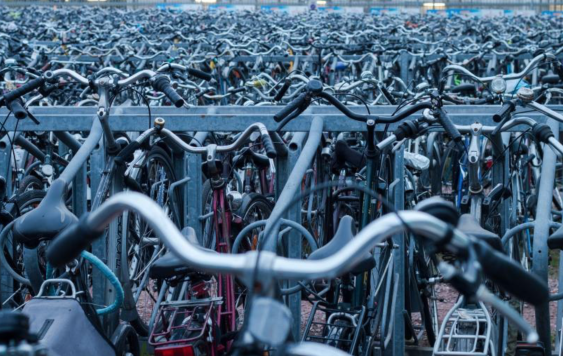
Applying highway design standards to city streets has been a disaster for urban neighborhoods. The same things that make highways safer for driving at 65 mph -- wide lanes, "clear zones" running alongside the road that have no trees or other "obstacles" -- make surface streets dangerous and dreadful for walking, killing street life.
The one-size-fits-all approach to street design has been propagated, in part, by federal standards that apply to a surprisingly large number of urban streets. But not for much longer. In what appears to be a major breakthrough, yesterday the Federal Highway Administration proposed rule changes that will allow cities and towns to more easily design streets in a way that's consistent with an urban setting.
The FHWA may drop 11 of the 13 design requirements that currently apply to streets in the National Highway System designed for speeds below 50 miles per hour. In place of requirements that dictate things like street width and clear zones, FHWA is encouraging engineers to use judgment and consider the surroundings.
According to Joe McAndrews at Transportation for America, the rule change "will make it dramatically easier for cities and communities of all sizes to design and build complete streets":
This covers most of the non-interstate roads and highways running through communities of all sizes that are built with federal funds, like the typical four-lane state highway through town that we’re all familiar with, perhaps with a turning lane on one side. Incidentally, many of these roads are among the most unsafe for pedestrians.
In its press release, FHWA said the change is part of an effort to eliminate "outdated standards."
"The shift in FHWA’s approach was prompted by current research in the field of geometric design showing that the majority of the 13 design criteria yielded significant benefits only on higher speed roadways," the agency stated.
If the proposed changes are approved, local governments would no longer have to deal with a ton of red tape any time their plans deviate from the highway-inspired standards. As it stands, exemptions are often required if planners want to plant street trees, for example, or reduce vehicular lane widths to fit in bike lanes. The process is time-consuming, labor-intensive, and discourages many local agencies from even trying to redesign their streets.
For example, when New Haven, Connecticut, was redesigning Route 34 to be a multi-modal street, the city had to seek half a dozen design exemptions. The final design included a lot of compromises, and the city blamed federal rules for some disappointing aspects of the project.
Bill Schultheiss, an engineer with the Toole Design Group, said the changes are welcome news.
"We need to move away from cookie cutter, cut-and-paste designs and allow engineers to be the creative problem solvers that most of us naturally are," he said. "This is a tremendous change of direction by FHWA that needs our support."
Schultheiss said it's important for people to weigh in with supportive comments for the rule changes.





